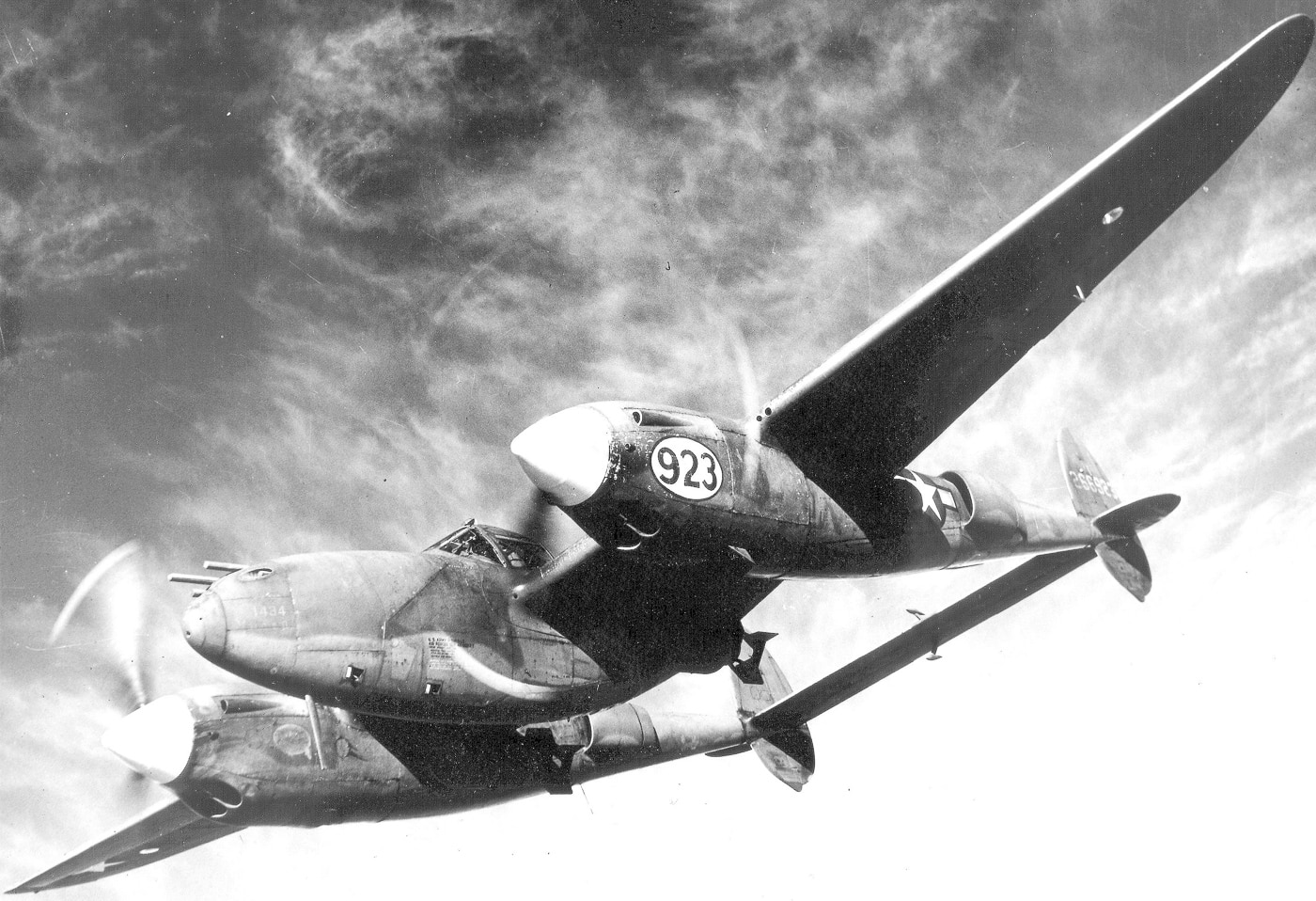The Lockheed P-38 Lightning, introduced by the U.S. Army Air Corps in 1937, was a revolutionary aircraft known for its unique design featuring twin engines, dual fuselages, and a central nacelle for the pilot and weaponry. Designed to escort bombers at high altitudes, it was equipped with substantial ordnance and was capable of outmaneuvering enemy fighters. Nicknamed “Two Planes, One Pilot,” the Germans famously referred to it as the “fork-tailed devil.” The P-38’s unconventional design overcame significant engineering challenges and became feared by adversaries for its innovative approach.

Lockheed's initial designs faced substantial issues, including a violent tail shake at high speeds, leading to compressibility stalls. The team at Lockheed Skunkworks, led by Hall Hibbard and Clarence “Kelly” Johnson, worked diligently to resolve these challenges, ultimately implementing dive flaps that resolved control issues during high-speed maneuvers. The P-38 Lightning was not only pivotal in high-altitude interceptions but was also favored in the Pacific Theater for its long-range capabilities, proving invaluable in missions like the famous interception of Admiral Yamamoto, the architect of the Pearl Harbor attack.
The legacy of the P-38 Lightning is significant as it was the only American fighter aircraft produced continuously throughout WWII, with over 10,000 units in 18 configurations. Its versatility allowed it to function as a fighter bomber, a long-range escort, and a night fighter, as well as excel in photo-reconnaissance, capturing 90% of all European reconnaissance footage. The P-38's adaptability and robust performance across various theaters of war underscore its successful design and enduring legacy in aerial warfare history. To read more about this fascinating aircraft, check out the original article on Lockheed P-38 Lightning: Fork-Tailed Devil - The Armory Life.
No comments:
Post a Comment